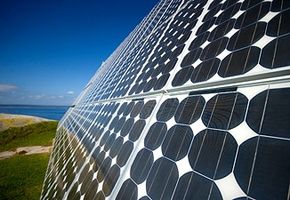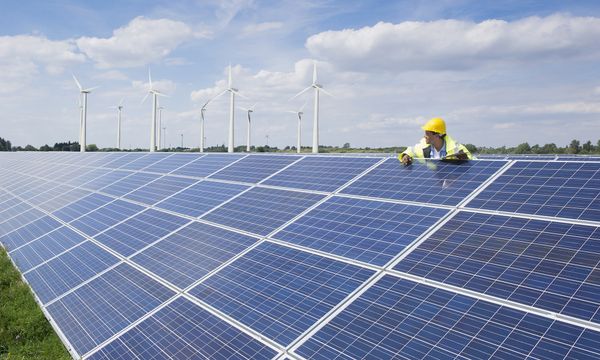Hydrogen fuel cell kits take this idea one step further. Grove also correctly theorized that you could reverse the process, combining oxygen and hydrogen to release electricity. The result is a hydrogen fuel cell.
You can't simply fling the atoms together, though. Hydrogen must be broken down into its positively and negatively charged particles first. A hydrogen fuel cell does just that. Much like in a battery, on one side of the fuel cell is the positive post, where the hydrogen is introduced. A polymer film allows only the atoms' protons to pass, stripping them from the hydrogen and leaving only the negatively-charged electrons behind.
The electrons are attracted to the positive side of the fuel cell, a phenomenon known as electron flow. But they can't pass back through the polymer film the way the protons did. Instead, they are directed outside the fuel cell through a circuit. When you add an electrical device like a car motor to this circuit, the flow of electrons powers it. As they continue along the circuit to the positive side of the cell, they pick up their protons, forming hydrogen once again. The hydrogen also bonds to oxygen from the surrounding air: The result is water.

